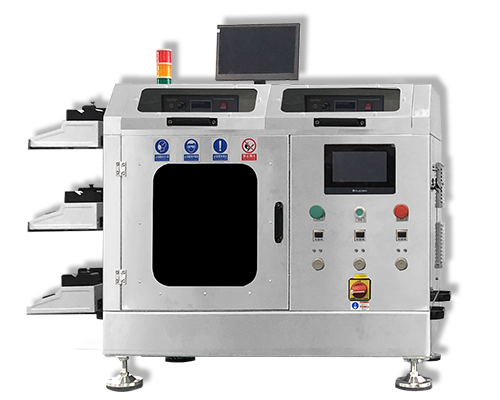Artificial Blood Vessel Barrier
Artificial Blood Vessel Barrier – Medical Device Coatings – Cheersonic
According to industry insiders, the manufacture of artificial blood vessels involves dozens of procedures, and both textile technology and collagen coating have technical barriers that are difficult to break through.
1. The structure of blood vessels
Human arteries are composed of three layers of intima, media and adventitia. Blood vessels of different diameters and locations have different thicknesses of each layer.
The intima, which is in direct contact with the blood, consists of endothelial cells in a bed of connective tissue attached to the basement membrane. The endothelial cell layer prevents the activation of coagulation and complement factors, and inhibits the adhesion of leukocytes and platelets. It is also involved in the regulation of vasoconstriction expansion, growth and vascular remodeling. The tunica media is the middle layer of the vessel wall and is mainly composed of smooth muscle cells (SMC), along with a layer of elastic tissue and a small amount of collagen. The medial layer helps blood vessels resist repeated expansion and contraction caused by physiological pulsations of blood flow and intraluminal pressure. The adventitial layer is composed of loose connective tissue, mainly fibroblasts. When blood vessels are damaged, fibroblasts have the ability to repair the adventitia.
Among these three layers, the smooth muscle cells, collagen and elastin fibers of the media layer mainly undertake the functions of ensuring the mechanical strength and elasticity of blood vessels.
2. Where does the artificial blood vessel get stuck in the neck?
The artificial blood vessel needs to have good biocompatibility, mechanical properties and compliance, and needs to be antithrombotic, anticoagulant and good long-term patency rate when transplanted into the human body. The process is complicated. It is necessary to overcome the antigenicity of the coating and maintain a certain biological strength. It must not only be flexible, but also maneuverable, easy to suture, and can not leak blood. Involving materials engineering, bioengineering, medicine and textile engineering, talents from various disciplines are needed to break through the barriers between industries.
At present, large and medium-caliber artificial blood vessels prepared from artificial materials such as polyester, polytetrafluoroethylene, and natural silk have been used in clinical practice. Satisfactory results were achieved. But so far, no artificial small-bore (<6 mm in diameter) vessels have been marketed. Small-caliber artificial blood vessels can be used to replace peripheral blood vessels, heart bypass, and can also be used to establish arteriovenous fistulas. The clinical application is relatively wide, and the main reason for the lack of commercialization is currently due to the limitation of production materials. According to public information, only 3 tissue-engineered small-caliber artificial blood vessels have entered the clinical trial stage worldwide.
The research on small-caliber vascular products is the focus and difficulty of scientific research in companies and universities. Polyurethane materials used for small-caliber artificial blood vessels, and biodegradable materials with good biological properties used for vascular tissue engineering fabrics are backward in development. Materials Its own blood compatibility and anticoagulant properties are not good. When it comes into contact with blood, it will produce fibrin and platelet deposition to varying degrees, resulting in lumen stenosis and vascular occlusion; due to the slow blood flow and low blood pressure in the small blood vessel system However, these non-degradable materials cannot support the adhesion and growth of endothelial cells, and the artificial blood vessels cannot be endothelialized as soon as possible after implantation, resulting in vascular stenosis and embolism, and the long-term patency rate of small-diameter artificial blood vessels cannot be guaranteed.
Ultrasonic nozzles are particularly suitable for a wide range of medical coating applications due to their very precise, non-blocking, repeatable spray performance and extremely low flow rate capability. For several years, Cheersonic has been providing ultrasonic medical coating system to medical device manufacturers worldwide. As medical device technology evolves, we will continue to design unique medical coating ultrasonic spray solutions to enhance patient safety and provide the highest quality medical device coating on the market.


